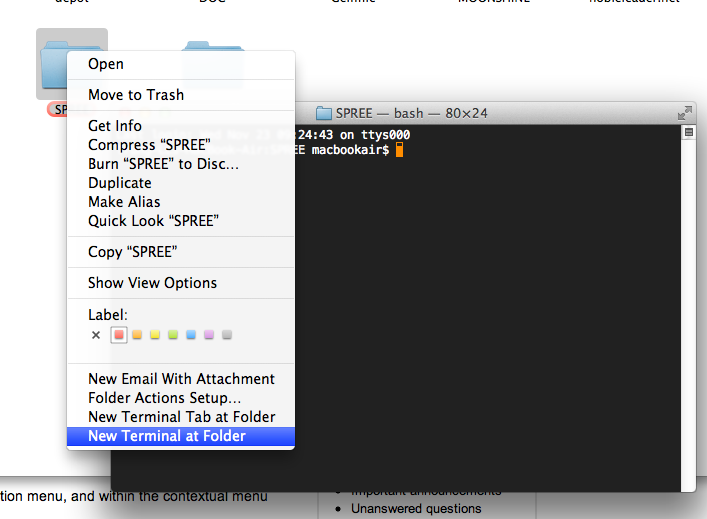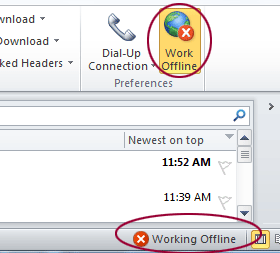2011 Word For Mac Move Print And Save Icon
I'm trying to convert a Word for Mac 2011 (v14.4.8) document to PDF on a MacBook Pro running 10.6.8. It's my 250-page dissertation and is the first time I've cared about preserving active links from a Table of Contents or cross-references. In Word Preferences. Select File Locations: When in File Locations, set the path you want Word to use by clicking in the Location field. The default setting, which appears blank in the screencap below, is to ~/Documents.
In Word Preferences. Select File Locations: When in File Locations, set the path you want Word to use by clicking in the Location field. The default setting, which appears blank in the screencap below, is to ~/Documents.
Pretty easy, but Adobe Acrobat costs a lot, so not an option for most people. SnagIt There is a program from TechSmith called SnagIt that lets you capture screenshots and screencasts of your desktop on a Windows PC or Mac.
For large documents I do it a little differently and insert the PDF files to the end of the document. For this save my document as PDF and then use 'PDF Genius.app' to merge the files together into one document. This APP allows for all sorts of manipulations of PDF files. May not suit your need but works for me.
2011 Word For Mac Move Print And Save Icon Parking
Ctrl + h in Windows is the shortcut for the Replace dialog. On Mac OS X, Command + h hides the application! Use Command + Shift + H for the Replace dialog on OS X. With OS X, Apple changed some of the keystrokes reserved for the operating system and added some new ones.

Thanks again, Rhonda — I’m definitely bookmarking your site!! Caroline October 31, 2014 at 11:31 pm.
For some odd reason, you do not have this open in any of the Windows versions of Office. On Windows, it just inserts the first page of the PDF. On the Mac, you get this nice preview window where you can see each page and insert the selected page. This will insert the PDF page as an image into the Word document. You cannot edit the PDF document. You can only move it around and resize it if you like. Insert PDF into Word 2007, 2010, 2013 Now let’s go through the process of inserting PDF files into Word 2007, 2010 and 2013 for the PC.
First and foremost, it can convert these audiobooks to plain MP3, FLAC, AC3, etc. Audible manager for mac. With ID tags fully preserved.
• Save as PostScript: Opens the Save dialog to save your document as a.ps postscript file. A PostScript printer is needed to print the file. • Fax PDF: Opens the Print dialog to a Mac OS X Fax cover sheet. If your Mac has a dialup modem, you can use this option to fax your file. • Mail PDF: Opens an e-mail message in Apple Mail, not Microsoft Outlook, and adds the PDF as an attachment.
You can save files from Word, Excel, or PowerPoint directly to folders on OneDrive and SharePoint services. Note: If you're having trouble saving to an online location, make sure you're connected to the Internet and that you are signed in to either SharePoint or OneDrive. If you're on a corporate network, verify that your network connection is working. Save to OneDrive • From your computer, click File > Share > Save to OneDrive. • If this is the first time that you have tried to access OneDrive, type your Microsoft account and Password, and then click Sign In.
2011 Word For Mac Move Print And Save Icon Meals
Most of the omissions are of interest only to solution developers: • Font embedding is not supported on the Mac. • Customized toolbar buttons are supported on the Mac, but the Icon Editor is missing. • Speech recognition is not available. • HTML support in Word for the Mac is not at the same level as it is in Word on the PC: many web pages load as a shattered mess. The code stripping utility HTML Filter 2 available for the PC is not available for the Mac.
The Outbox appears at the top of the sidebar only when messages are waiting to be sent. Tip: If you don't see the sidebar, click View > Sidebar. If email continues to sit in your Outbox, you might be offline.  Outlook for Mac - Where is the Outbox If you close Outlook, disconnect your Mac from the Internet (turn off WiFi and unplug any Ethernet cable) and restart Outlook, assuming there is something in it, you should find the 'Outbox' folder just above the 'Mail,' 'Calendar,' 'Contacts,' etc. Outlook for Mac 2011 Email Stuck in Outbox Fix 'Outlook 2011 for Mac Messages Stuck In Outbox' Issue While working on Outlook 2011 for Mac OS, users are facing problem in sending the email message as the email stuck in outbox folder. Start Outlook. Click the Outlook menu, and see whether the Work Offline option has a check mark. If there is a check mark, click Work Offline again. Step 2: Empty the Outlook send folder Open the Send folder in Outlook, and then delete all messages that are listed there. Quit Outlook. Restart Outlook, and then try sending or receiving email. Applies to: Outlook 2016 (Mac), Outlook 2011 (Mac) April 17, 2012 by Diane Poremsky 39 Comments If you are using Outlook for Mac, use the following methods to delete messages stuck in your Outbox.
Outlook for Mac - Where is the Outbox If you close Outlook, disconnect your Mac from the Internet (turn off WiFi and unplug any Ethernet cable) and restart Outlook, assuming there is something in it, you should find the 'Outbox' folder just above the 'Mail,' 'Calendar,' 'Contacts,' etc. Outlook for Mac 2011 Email Stuck in Outbox Fix 'Outlook 2011 for Mac Messages Stuck In Outbox' Issue While working on Outlook 2011 for Mac OS, users are facing problem in sending the email message as the email stuck in outbox folder. Start Outlook. Click the Outlook menu, and see whether the Work Offline option has a check mark. If there is a check mark, click Work Offline again. Step 2: Empty the Outlook send folder Open the Send folder in Outlook, and then delete all messages that are listed there. Quit Outlook. Restart Outlook, and then try sending or receiving email. Applies to: Outlook 2016 (Mac), Outlook 2011 (Mac) April 17, 2012 by Diane Poremsky 39 Comments If you are using Outlook for Mac, use the following methods to delete messages stuck in your Outbox.
It creates a document that can be exported to a PDF with the click of a button. OO documents can also be copied and pasted into the WYSIWYG editors of many content management and learning management systems. Lets hope Microsoft Office 2013 addresses these serious accessibility and exportability issues. Mac Word to PDF with hyperlinks The problem of losing hyperlinks when working with Mac Word and print/save to PDF (with or without Adobe Acrobat 'Pro') had been vexing, so I'm sharing what has been the best solution for me -- Microsoft Office365 has web apps similar to Google Docs.
Select Office, and then find User Templates You should see Normal.dot or Normal.dotm. • Open this, and adjust ALL the settings you like (margins, font, spacing, you can even type in the doc to include space for where you want your name, title, date to appear on every document you create in the future!) • Don't forget to SAVE! • Open a new doc and fill in the blanks/change your prompts and GO! In Word, • File Open • Click on Your HD, double click Users, then find and double click on [your username] (as opposed to Shared). • Double-click Library. • Scroll down to Application Support, double click, and choose Microsoft.